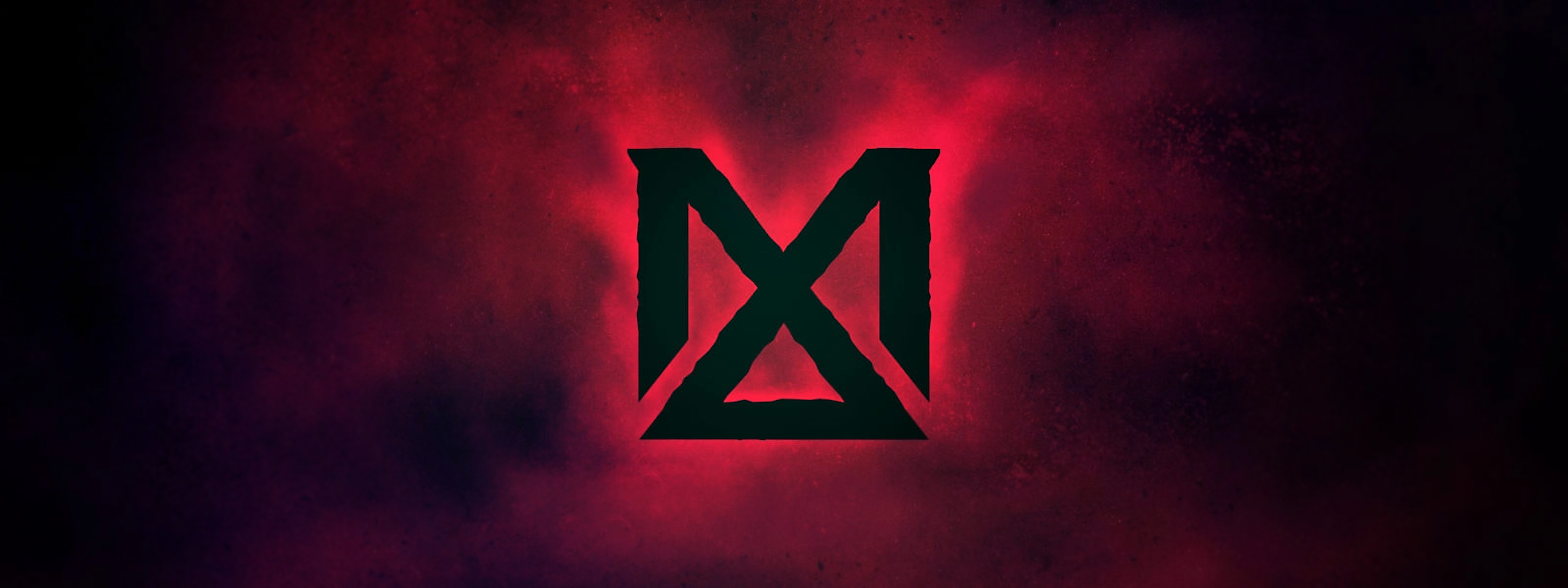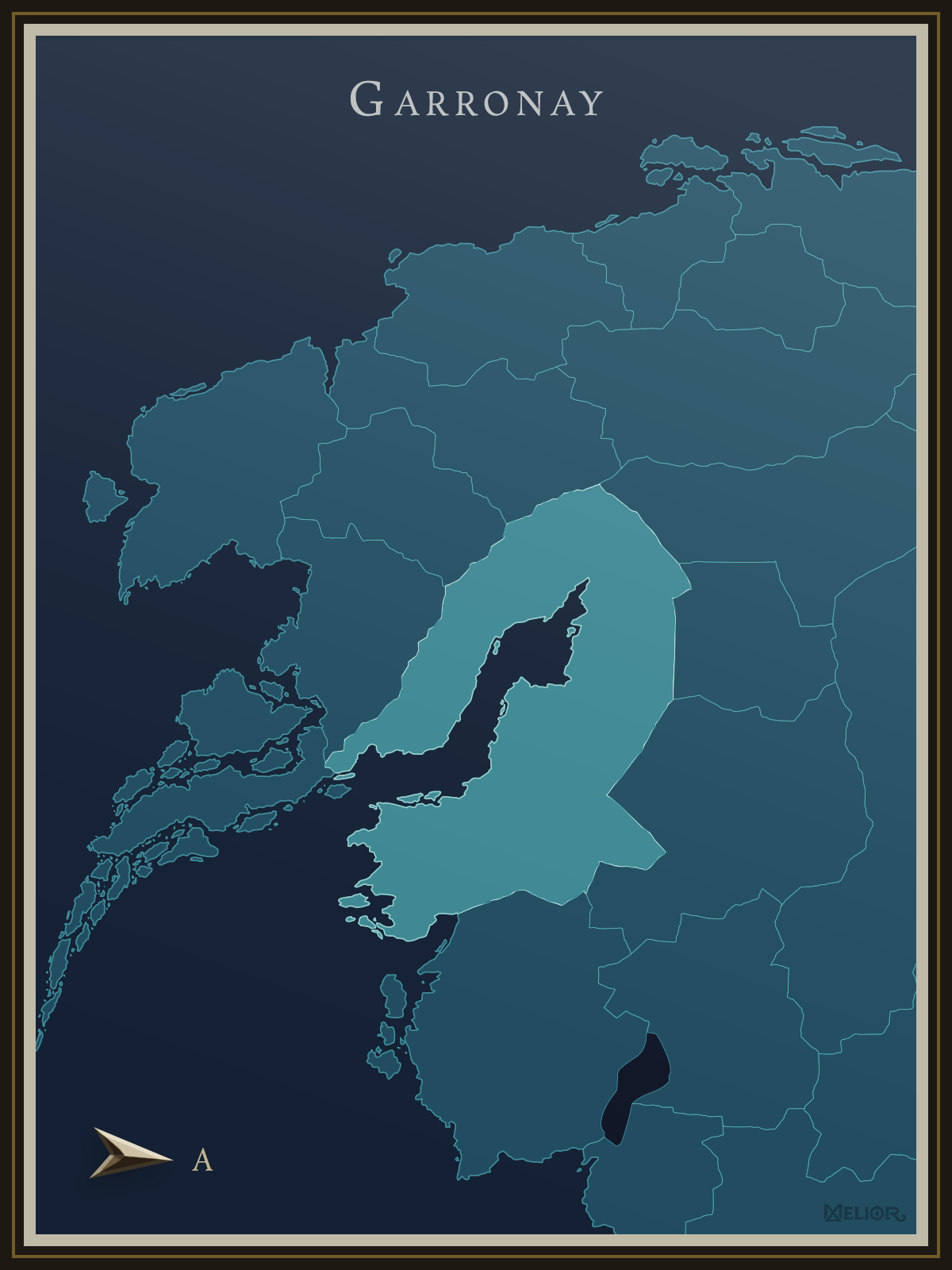Style Manual
A reference of tone, writing style, and visual hierarchy in this world.
This is a personal reference for the tone of writing and text formatting in my articles!
- If you want to see how my world is organized, see my overview on World Organization.
- You can also find my CSS styling and colours by visiting this world's CSS Theme Reference.
Writing Tone
Articles in Melior are written informatively in third person and from a perspective that aligns with the article's subject. For example, an article about a something within a certain country will align with their knowledge, beliefs, and customs. Dates, seasons, and cardinal directions may also be referred to differently depending on the article. First person text will be clearly indicated by use of quotes, or have preceding text to introduce the new perspective. Use of second person text is strictly limited to games, such as the choose your path adventure: The Troublesome Tiara. Each article should cover one topic in depth, and each paragraph should explain one idea before breaking off into the next.Sidebar Content
As mentioned in my World Organization article, the article sidebar should be used for secondary information such as data, additional links, or further reading and should not contain important lore that could easily be overlooked.Jargon
Articles in the introduction category are written for new readers and explain core concepts, names, and species for the first time. In articles of other categories: new, unrelated, or unfamiliar-looking terms may need to be explained again in a short summary or by using tooltips to avoid being overwhelmed by fictional jargon.(The majority of place names are written to be understood and pronounceable, rather than how the locals would write or say things in the fictional languages I've made for them.)
Text
Alt Text
All images need to have descriptive alt text, clear titles, and artist credits.Headings
Headings and titles are capitalized and are used to separate major sections or topics of the page. Large headings such as H1 and H2 indicate major sections. H3 and H4 indicate subsections of those topics and should only be used on their own in the sidebar. Proper use of heading sizes is essential for auto-generating a tidy table of contents which appears at the top of every article with a sidebar. Titles should avoid starting with "The " or "A " where possible and should accurately describe the article; subheadings may have creative flair (where else will I fit in all of my puns?).Typography
Along with using headers in a clear visual hierarchy, all text should be left aligned (never justified) and must leave no widows or orphans where possible. For a visual example of headings and fonts used, see CSS Theme Reference.Emphasis
Visual emphasis should be added to aid skim-reading and make key information easy to find.- Bold the article name the first time it appears in the article introduction. Any alternative names should also be bolded. (e.g. "Maisha, also known as magical essence, is the nutrient that fuels magical energy.")
- Bold the word or phrase being defined in bulleted or numeric lists, along with keywords or phrases (used sparingly) in each section.
- Italics should be used for all other emphasis and for the titles of media, such as Notes on Polyphyletic Procreation.
- Underline instructions for the reader, such as to click something or draw attention to a content warning.
Links
Links to other articles should only be created when they are relevant to the content, as creating too many links can become distracting and make the article hard to read.- Link to the most relevant article.
- Avoid duplicate links, especially in the same section of an article.
- All external links should open in a new tab.
- Links should be easy to understand where it goes.
Colours
Colour combinations and text must meet or exceed the Web Content Accessibility Guidelines (WCAG) standards for accessible text. The theme's colours are used consistently for specific functions to develop a colour-association, such as using yellow for interactive elements like links. (Extra styles such as underlines and different hover states have been added to make it more accessible for people with colour blindness). For an example of the colour palette and how it's used in this theme, see my CSS Theme Reference.Inspirations
I took heavy inspiration from the following sources to create my own style manual:- UESPWiki's Style Guide
- Wikipedia's Manual of Style
- GOV.UK Design System
- W3C Image Alt Text
- Web Content Accessibility Guidelines
- Discord Branding





Comments
Author's Notes
Please feel free to reference and take inspiration from this article and the way I organise things in my world!
Just remember, this is not the only way of doing things - check out some other worldbuilders too, figure out what you need, and do what works best for you :D